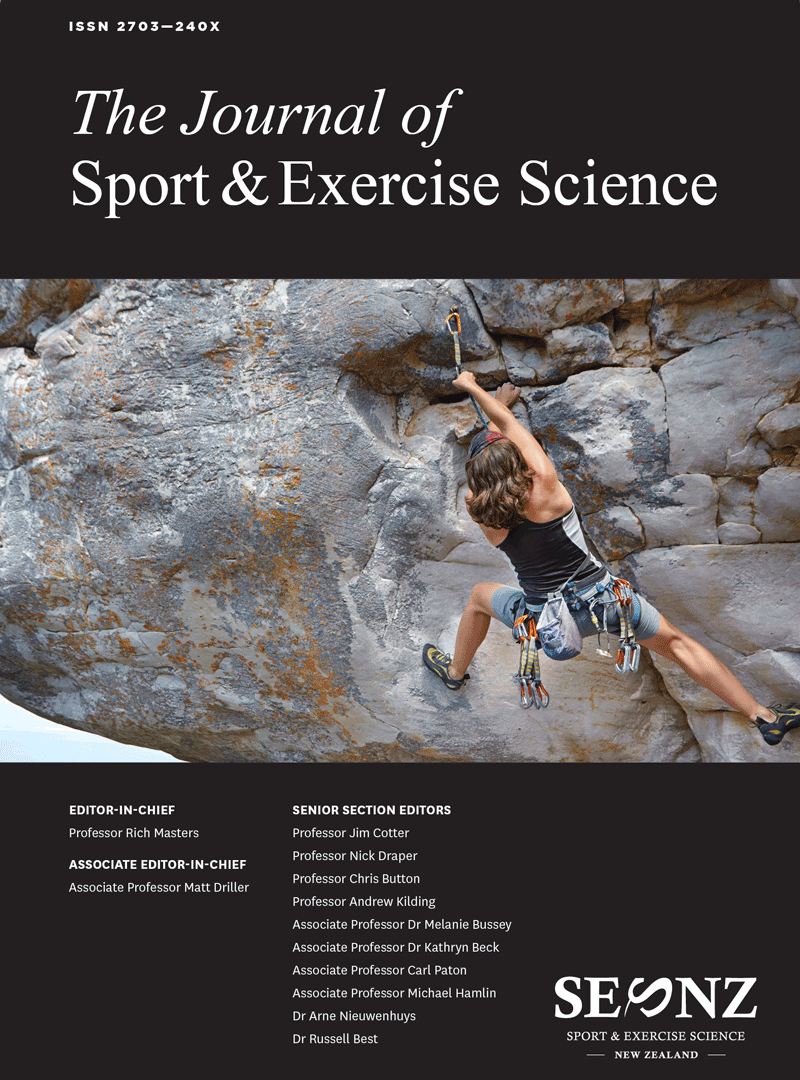

delve into the detail
Lucy Palfreyman1, Nicholas Ridgeon2, Thomas W. Jones1 *
1Faculty of Health and Life Sciences, Department of Sport Exercise and Rehabilitation, Northumbria University, Newcastle, UK
2Northumbria University Sport, Strength and Conditioning Department, Northumbria University, Newcastle, UK
Jessica A. Calderbank1, 2 *, Paul A. Jones1, Thomas Dos’Santos3, Andrew Jibson2, Robert A. Simpson2, James E. Burns1, 2
1Department of Sport, Exercise and Physiotherapy, University of Salford, Frederick Road, Salford, Greater Manchester, England, UK
2Sale Sharks Rugby Club, Carrington Lane, Carrington, Manchester, England, UK
3Department of Sport and Exercise Science, Manchester Metropolitan University, Manchester, England, UK
Shaun A. Joffe1, 2 *, Phil Price1, Jamie Tallent1
1Faculty of Sport, Allied Health and Performance Science, St Mary’s University, Twickenham, UK
2British Weight Lifting, Leeds, UK
Dan McPartlan1, 2 *, Louise Burnie3, Scott Pollock1, 4, Mark Waldron3, 5, 6, Jamie Tallent2
1English Institute of Sport and Great Britain Cycling Team, UK
2Sport, Health and Applied Science, St Mary’s University, UK
3A-STEM Research Centre, College of Engineering, Swansea University, Swansea, UK
4Sport and Exercise Science Research Centre, London South Bank University, UK
5School of Health and Behavioural Sciences, University of the Sunshine Coast, Queensland, Australia
6Welsh Institute of Performance Science, Swansea University, Swansea, UK
Lachlan P. James1 *, Jason P. Lake2
1 Sport and Exercise Science; School of Allied Health, Human Services and Sport; La Trobe University, VIC, Australia
2 Chichester Institute of Sport, University of Chichester, UK
Mark Waldron1, 2, 3 *, Chris Jones4, Lee Melotti4, Rowan Brown5, Liam P. Kilduff1, 3
1A-STEM, College of Engineering, Swansea University, Swansea, UK
2School of Science and Technology, University of New England, NSW, Australia
3Welsh Institute of Performance Science, Swansea University, Swansea, UK
4Sports and Wellbeing Ltd. (SWA), Swansea, UK
5Systems and Process Engineering, College of Engineering, Swansea University, Swansea, UK
Anthea Clarke1, Kane Middleton1, Ed Daly2, Lisa Ryan2, David Carey1, Alan J. Pearce1*
1 Sport and Exercise Science, School of Allied Health, Human Services and Sport, La Trobe University, Melbourne, Australia
2 School of Science and Computing, Galway-Mayo Institute of Technology, H91 T8NW Galway, Ireland
Christopher Thomas 1 *, Paul A. Jones 1, Paul Comfort 1, Thomas Dos’Santos 2
1Directorate of Sport, Exercise, and Physiotherapy, University of Salford, Greater Manchester, United Kingdom
2Department of Sport and Exercise Sciences, Manchester Metropolitan University, Manchester, United Kingdom
©2021 SESNZ. All Rights Reserved

in your inbox every issue